What is the Vocational High School? (ΕΠΑΛ)
It is a Vocational School adapted to the actual need of the young people, presenting them with an important way out/ solution to the adverse conditions of today’s labor market.
When can you enroll in the Vocational High School?
In A’ class
- Junior High School leavers
In B’ class
- After finishing A’ class of ΓΕΛ (General High School)
- After graduating ΕΠΑΛ or ΓΕΛ
What subjects are taught in ΕΠΑΛ?
A’ Class
A coherent curriculum is offered consisting of general education subjects combined with orientation of general specialization subjects which provide students the opportunity to explore their educational and professional options.
B’ Class
Selection of one out of nine studies sectors. Attendance of 12 general- education hours and 23 hours of theoretical and laboratory classes of the sector.
C’ Class
Selection of one of the specializations of the relevant sector of studies.
What title of studies is acquired when finishing ΕΠΑΛ?
- High School Diploma equivalent to that received from ΓΕΛ.
- Specialization Certificate level 4 (Equivalent to European Certificates)
What is an Apprenticeship class?
Optional post- high school education in a work place in the public and the private sector for 28 hours a week, combined with attending laboratory classes at school for 7 hours a week.
The apprentices receive a fee calculated as the 95% of the lowest wages accompanied by full insurance coverage for as long as the program lasts. The finishers receive a Certificate of Professional Specialization Education and Training Level 5 following certification examinations.
What are the options after graduation?
- Direct introduction into the labor market.
- Attendance of the Apprenticeship program. Acquisition of Certificate Level 5 (following Certification Exams).
- Entrance in Tertiary Education in respective sectors.
- Pursuit of further studies at ΙΕΚ (Institution of Professional Training.
- Re- enrolment in C Class with a view to acquiring a second specialization of the sector or in B Class in order to attend a specialization of a different sector.
How to get into Tertiary Education through ΕΠΑΛ?
By participating in special Panhellenic Exams taking 4 subjects) students claim a place in
- University and Polytechnic Schools
- ΤΕΦΑΑ (faculty of Physical Education and Sport Science of Athens)
- ΑΣΠΑΙΤΕ (School of Pedagogical and Technological Education)
- ΑΣΤΕ (Higher School of Tourism Education)
- ΑΣΣΧ (Higher Military School
- Police Academy
- Hellenic Fire Academy
- ΑΕΝ (Merchant Marine Academy)
- Military Schools
- Coastguard probationary school
Approved Sectors for the current School Year
- Administration and Finances
- Office clerks
- Tourist office clerks
- Mechanical Engineering
- Ventilation and Airconditioning Installation and Refrigeration Technician.
- Vehicle Technician
- Maritime Professions
- Merchant marine captain
- Merchant marine engineer
- IT sector
- IT application Technician
- Computer and computer network technician
- Health, Welfare and well-being
- Physiotherapist’s assistant
- Aesthetic art
- Hairdressing art
OUR SCHOOL
- Participates in European programs and collaborates with UNESCO
- Collaborates with ΕΚΠΑ (National and Kapodistrian University of Athens), the Institution of the Greek Parliament, the National Museum of Modern Art as well as with other official bodies.
- Participates in seminars and educational programs.
- Realizes on a regular basis visits to work places.
- Establishes liaison with working organizations and bodies of the labor market.
- Every year out instructors carry out a great number of cultural and environmental programs being, thus, awarded prizes in panhellenic competitions as well as prizes in the context of the institution Excellence and promotion of good practice in Secondary Education. Every year our students proudly present their work in the Festival of Student Creativity of the Municipality of Agia Paraskevi.
- Our school is housed in a newly-built modern building which provides out students with an ideal educational environment.
- Last but not least, we take great pride in our students’ performance in the Panhellenic Exams which in many cases reaches the highest level on a national scale. Every year a great percentage of our senior students acquire a place in Tertiary Education at a very good rank.
Photos of our facilities
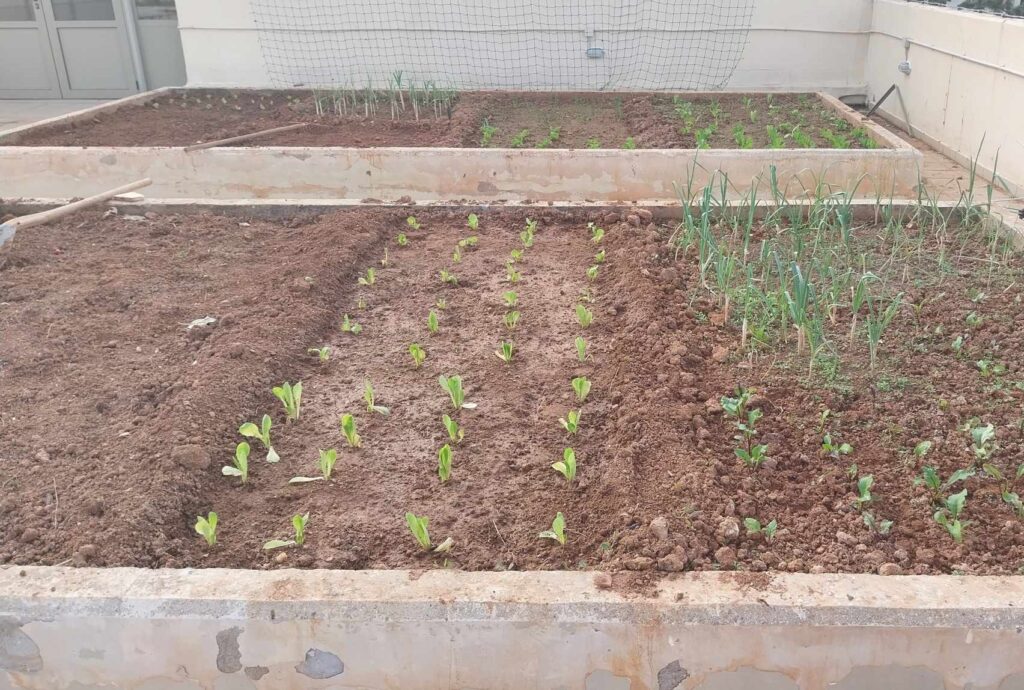
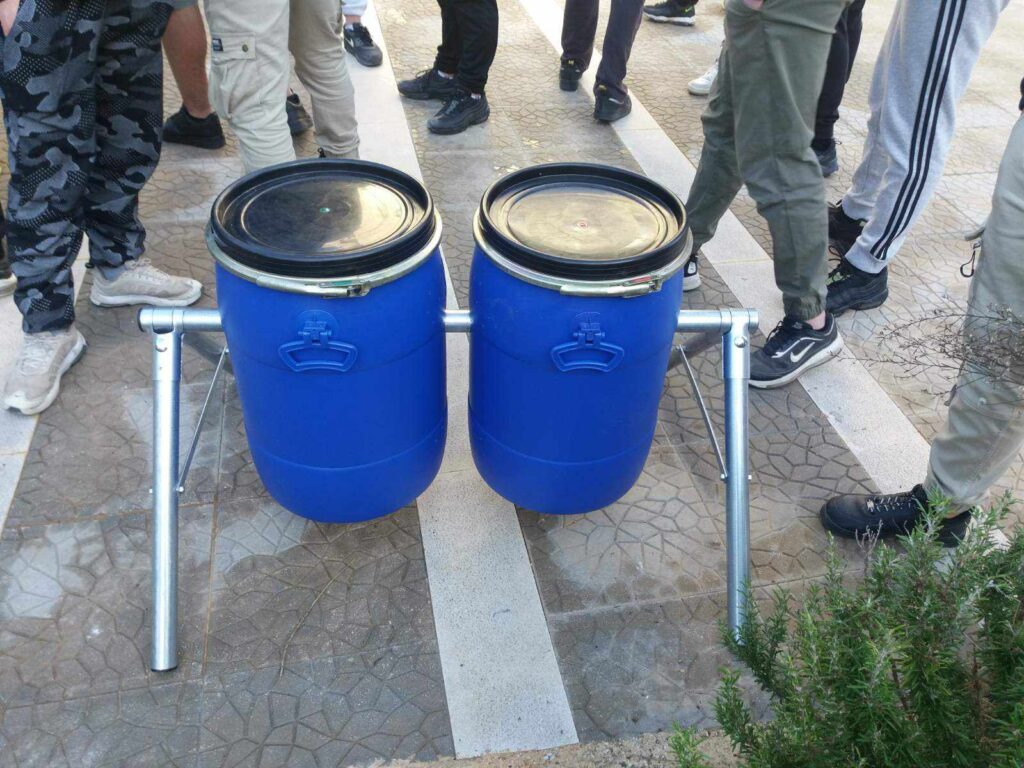

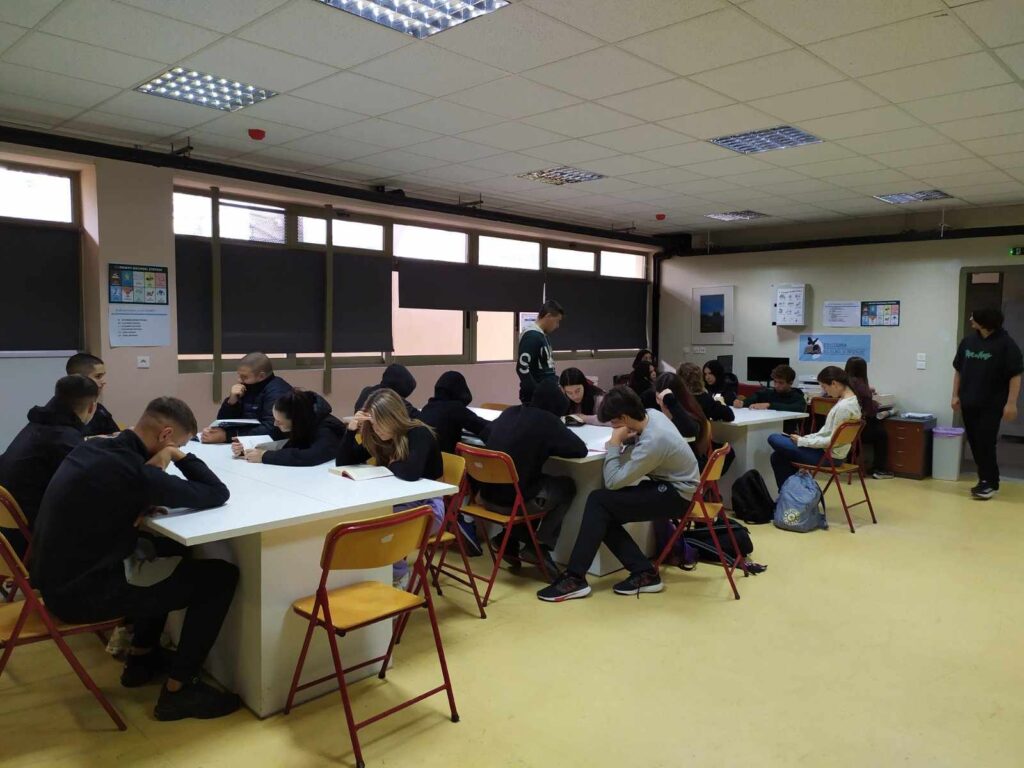

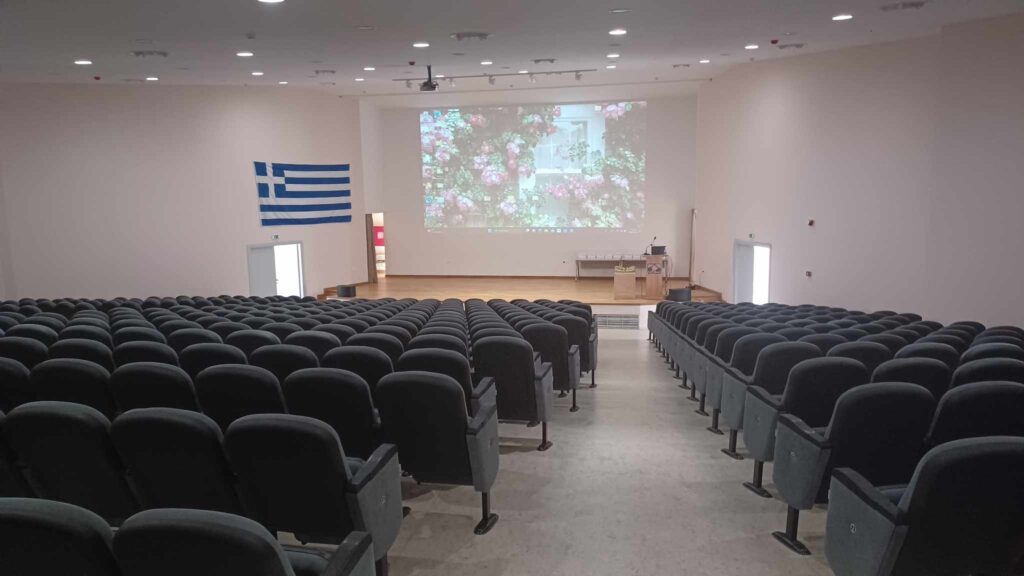
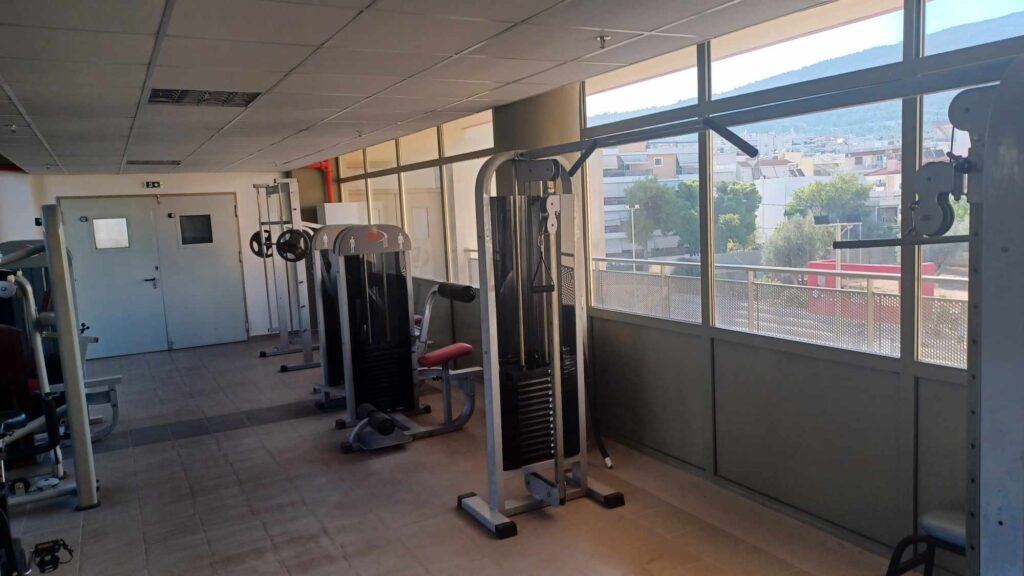
The History of Agia Paraskevi
Agia Paraskevi is located between the 9th and 10th km. of Athens-Marathon Avenue (Leoforos Athinon-Marathonos), at the foot of Mountain Imittos. It covers an area of 10 km2 and borders the Municipalities of Cholargos, Chalandri, Gerakas and Glyka Nera.
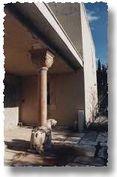
The area has been inhabited since antiquity. The first mention of this region is in the “Attica” of Pausanias, where we learn that the area from Chalandri to Agia Paraskevi and Paiania was, during the 6th century BC, the great municipality of Plysia, a wealthy, prosperous and mysterious area, which, according to historians, belonged to the tribe of Cyclops. This is due to the multitude of burial findings along the Mesogion Avenue on Nikiou Street, as well as the impressive burial structure, built of Pentelic marble and with arched roofs, which has been found near the intersection of Sofokli Venizelou Street and Marmariotissis and is nowadays a church.
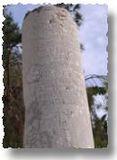
In ancient Flea, Hephaestus, Artemis and many deities related to vegetation and the underworld were worshiped. After Elefsina, Flea was the predominant City of sacrificial rituals. There was an important sanctuary that was rebuilt by Themistocles after its destruction by the Persians. The secret ceremonies of the Phrygian Great Mother, which lasted until the 4th century AD, were greatly flourished in Plyas, witnessed by the many inscribed altars found in the area. Moving from antiquity to Roman times, Poet Ovid praises the beauty of the region’s vegetation (βλάστηση) and climate.
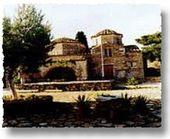
In the last Byzantine years the history of the place revolves around the life of the monastery of St. John the Hunter, otherwise the Monastery of the Philosophers. This monastery was built in 1185 AD and its dominant founder is Monk Basil the Hunter. A prominent Abbot of the monastery was Neophytos, to whom the construction of the road that connected the present Cross with the Monastery and the plain of Athens to the Mediterranean is attributed. The pillar of Neophytos proves all the above and the inscription of the monument summons the people passing by to pray for the salvation of its manufacturer’s soul.
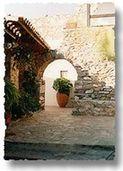
During the Turkish Occupation part of the monastery of St. John the Hunter was demolished, in order to be used for the fortification of the Acropolis of Athens. However, this is a peak period for the monastery which holds two glebes.
In the early 19th century the area belonged to Turkish Halil Bey, who sold it to Count Antonio Botsaris. On 13.11.1850 he sold a large part of it to nine residents of Chalandri. However, we do not know when the current settlement began. We only know that in the beginning there were four inns: the inns of Markos, of Belba, of Vlachos and of Sertis, which served those who moved or transported products from the suburbs of Mesogia to Athens and vice versa. At the beginning of the 20th century there were few houses in the suburb, mainly holiday villas and vineyard farms. The first house built was that of Panagiotis Davaris in 1894 and the first one born in the settlement was his grandson, Yiannis Davaris in 1910.
Until the middle of the 20th century the region had resorted (κατέφευγαν) to tuberculosis due to its healthy climate (lack of moisture) and they rented or set up shelters on the inhabitants’ lands. Until 1921 Agia Paraskevi belonged to the Municipality of Athens along with Chalandri and the settlements of Psychiko, Cholargos, Filothei, Penteli, Neo Psychiko and Vrilissia. All of these areas formed the community of Chalandri in 1925 and were subsequently separated and formed their own communities and later on Municipalities. Agia Paraskevi was first recognized as a community in 1929 but was abolished the same year and remained as a settlement of Chalandri until 1931. Then it officially became a Community and in 1963 a Municipality.
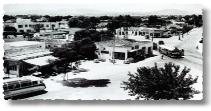
Since 1948, Agia Paraskevi ceases to be a holiday resort and becomes a community of permanent residents. In the 1960s Public Services already operate in the suburbs. Εlectricity is supplied to the wider area of East Attica by a company of the suburbs of Agia Paraskevi. Water supply is provided first by the Hadrian’s Aqueduct and later by ULEN. The phone connections comes to Tsakos in 1962.
During this period, the asphalting of the first roads and the widening of Mesogion Avenue began. At the same time, approximately 1,000 acres were allocated for the construction of the NCSR Democritus and the American College. Then the space for the construction of the French School “Lycée Franco-Hellénique Eugène Delacroix” and the premises of the Ministry of Agriculture is given. During the dictatorship, ERT radio station was built on Mesogion Avenue.
Reference: Municipality of Agia Paraskevi

